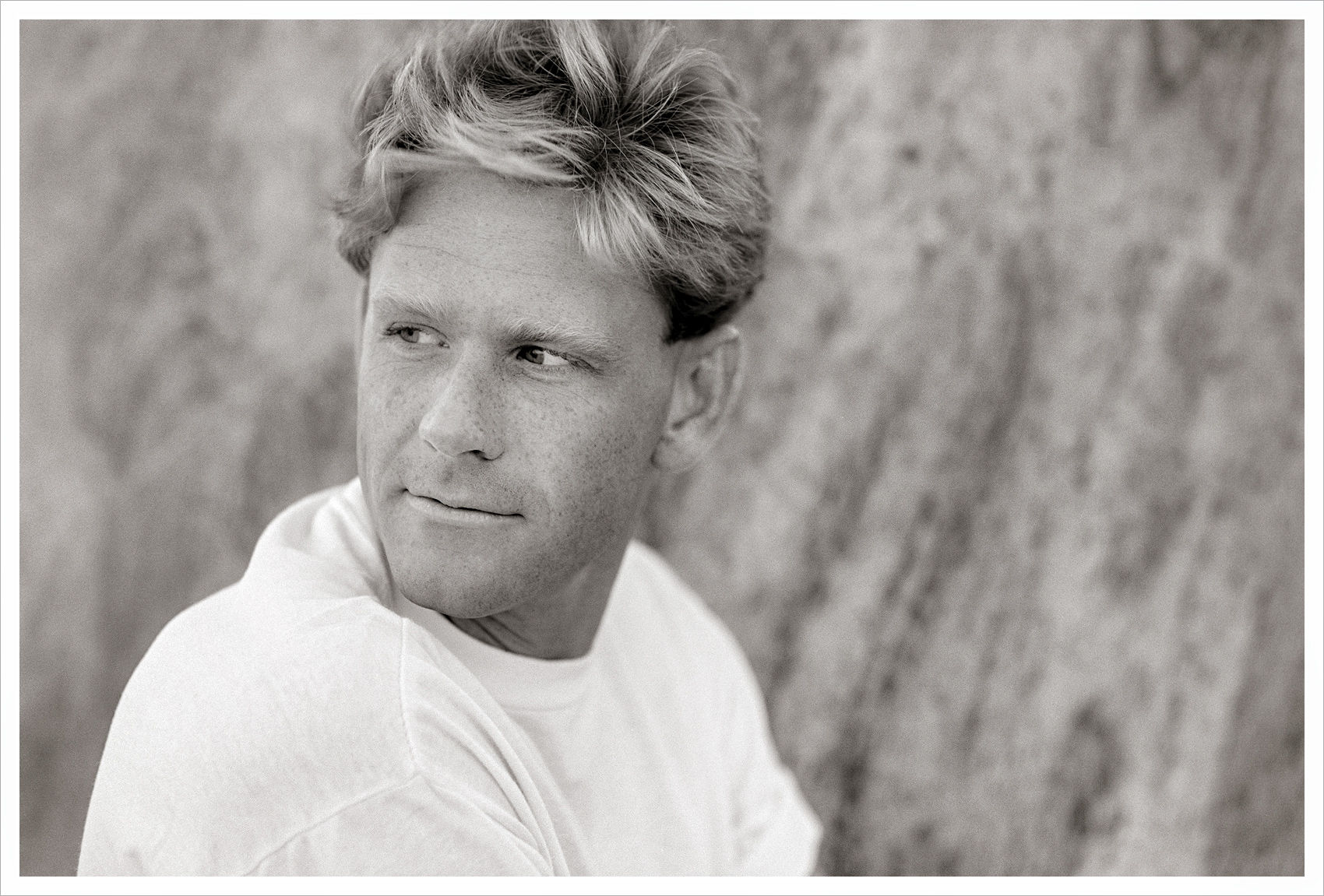|
Quite interesting to do some focus bracketing with the Canon FD 85/1.2L lens mounted on the Fujifilm GFX 50s II camera - doing it handheld. It may not always exactly cover all the details when putting all the images together - but it works pretty well, I think.
Original Note:
Avoid to shift the focus too much in between images if you take them at open aperture ƒ1.2 - otherwise the bokeh magic of this particular lens may get partially affected [less] after you stack 7 photos. Like when too much is in focus. I didn't think that the margins where so small already, affecting the bokeh "magic". I mean the Canon 85L lenses are known for their special bokeh - so i added this note to observe, regarding stacking images at ƒ1.2
Correction / Additional info 18 Aug 2024:
In the stacking software
Zerene Stacker - which i barely really know in depth - but realized later, that there are two different ways to stack multiple images; One is made for maximum depth of sharpness (PMax) which makes the bokeh increasingly less shallow as you add more images to the stack.
But the OTHER one (DMap), actually preserves the shallow bokeh as if you took a photo (in this case) at ƒ1.2 - even if you added many photos to the focus stack. That way, I was able to preserve (in latter photos) a nicer background blur, while at the same time got increased depth of sharpness.
Cool to learn though mistakes - I absolutely love that.
Mitakon 65/1.4 vs Canon FD 85/1.2 L
I rather choose this Canon lens, instead of the brand new Mitakon 80/1.6 that was introduced the other day. The latter appears to me a kind of the same like the Mitakon 65/1.4 - just a notch narrower - but not by much. The difference between 80 mm and 65 mm is very small (in reality, we are talking about the difference of a 50 mm vs 63 mm lens when used on the larger Fuji GFX sensor). Since I already have the Mitakon 65/1.4 - and the character is pretty much the same in the 80/1.6 - it makes really no sense for me to purchase the new Mitakon. Even if it has a 0.5 close focus distance (which can or could be useful).
The manual Mitakons (65 + 80 mm) are no easy lenses to focus precisely with Fuji GFX cameras. I am often stunned how often the Mitakon 65/1.4 is slightly off focus - even when I thought things are in focus. Very tricky lens. Yet, also wonderful when you got it exactly right in focus.
Despite the Canon FD 85/1.2L being an old lens from the mid 80s, it can deliver the goods with some post processing particularly. There is also a lovely contrast to be found in the bokeh itself. Which makes an object look more magic, with a plasticity, 3D look - rather than just a diffuse soft, bland bokeh.
Interesting times...
Therefore i keep the Canon FD 85L as a manual focus, light portrait lens for the Fujifilm GFX camera. There is still intriguing potential left in that lens.
The search for a light tele lens
So, therefore, I do neither need a so-so Mitakon 80mm f 1.6 nor a Fujinon GF 80/1.7 lens for the time being. Apparently the Fujinon 80/1.7 lens is the slowest lens of all Fujifilm GF lenses to focus. Perhaps because it needs that extra precise focus - which takes longer time than normal given the extreme shallow depth of sharpness (DOF), equivalent of a 63mm f 1.3 lens. (I might rather go for the GF 110/2 lens instead)
Yet that one, not only expensive - it also overlaps with my existing Sigma ART 105mm f 1.4 lens... When it comes to choose a light telephoto lens - I am inconclusive about which lens to choose for the Fujifilm GFX. So; I might just use the lenses i already have, even if they are not native (and its focus not as reliable). Usually when it is about the GFX system - native Fujinon lenses are - let's face it - the best.
For the time being - I do manual focus with the Canon FD 85/1.2L lens instead... (while continuing to explore it further with the Fujifilm GFX 50s II mediumformat camera) - in order to see more of its strengths and weaknesses. Funny that my old Canon lens would start to shine anew.
Second hand in 1988
I bought that lens second hand back in 1988 in Stockholm, for almost 5000 SEK - which was quite a lot of money (It would be equivalent to something like 15.000 SEK today, or 1400 € I believe - if not more).
It had a bit of a weak mount which started to wiggle quite a bit. Gave it later in 1993 to a Canon repair center at Kungsholmen in Stockholm, to fix it. Which they did. With film it was a rather tricky lens, due to the extreme shallow DOF at aperture ƒ1.2 - almost impossible to pinpoint that exact focus. (i often missed the focus). But once stopped down to ƒ2.5 - the images (often portraits) really set itself apart from my other, a few simple Canon & Vivitar lenses i had back then.
Photos from 1988-89 with Canon FD 85/1.2 L

• 1988 | Grandmother in conversation with a 100 year old woman from Willsbach village, West Germany [Canon T90 + Fuji Neopan 400]


• Aug 1989 | Mats Dahl at the cityhall of Stockholm [Canon T90 + Kodak Technical Pan film 25]

• Aug 1989 | On top of Slussen's elevator, Stockholm [Canon T90 + Kodak T-MX 400]
|

